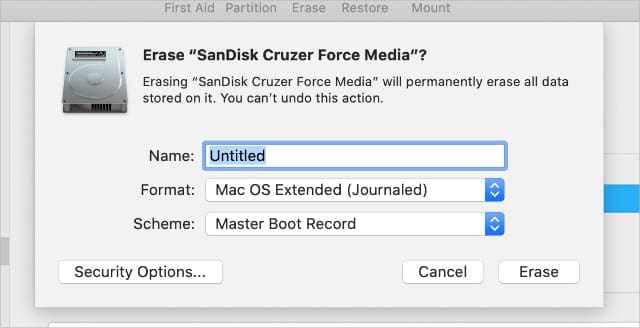

Microsoft introduced exFAT in 2006 it’s an optimized version of FAT, providing better performance advantages over FAT32. Now you’ll be able to save and copy files to your thumb drive on both Windows and OS X. In the Format list box, select ExFAT, enter a Volume Label if you want, then click Erase.

Select your thumb drive in the Disk Utility window, then click the Erase tab. This is a file system limitation that affects both Macs and PCs, and the only workaround is to format the drive to exFAT. FAT32 has several limitations, including a 4 GB per-file limit. Launch Disk Utility press Command+Space then type: disk utility. For a hard drive to be able to be read and written to in both a PC and Mac computer, it must be formatted to ExFAT or FAT32 file format. If you need to go between macOS and Windows then format. If you only use a Mac computer, you can format your thumb drive to work on Windows systems.Ĭonnect the thumb drive to your Mac. Time Machines default is now APFS Mac OS Extended (Journaled) does not work natively with Windows. In the File System list box, choose exFAT, type in a Volume Label if you want, and then click Start.Ĭlick OK to the format warning and wait until the process is complete. Right-click your flash drive and then select Format.
Format for windows and mac from mac mac os x#
Prepare a Thumb Drive for Both Windows and OS X or macOS From the Mac OS X Finder, hit Command+K to bring up the Connect to Server window Enter the path to the network drive you want to map, ie: smb://. Before you start, though, make sure your thumb drive is formatted so it can work on both Windows and macOS. If you’re working in a mixed environment, where you might need to work on files between both systems, a handy solution is to use a thumb drive. This makes it difficult to move data between the two unless you have them networked together. MacOS uses the HFS+ file system, while Windows uses the NTFS file system that shares little in common.


 0 kommentar(er)
0 kommentar(er)
